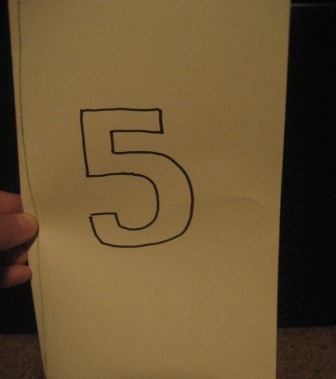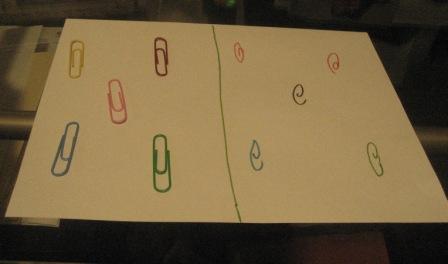I shared in my post “Why Rhyme?” that rhyming is a tier on the reading ladder because it gives children an awareness of sounds in words – words that sound the same versus words that sound different.
After you start working with them on distinguishing whether words rhyme or not (a listening activity), you will want to help your child listen to a string of rhymes and come up with a new rhyming word that would continue with the same ending sound. For example, “What is a word that would rhyme with cat, mat, and hat?” This is a great way for your little one to put into practice their rhyming skills.
But before we do that, I am including an activity that is going to introduce this concept without the “coming up with a new rhyming word” part. Today, your little one is going to practice the first level skill by identifying which word in the group of rhyming words does not belong. So your little one will determine if the which words rhymes with the other words (and which one doesn’t). For example, “Cat, Mat, Sat, shoe?” Which word doesn’t sound the same at the end of the word? ________ (shoe)
I wanted to post another activity for rhyme identification so that you can help your little student master the skill before moving on to a more challenging rhyming activity.


